A Closer Look at Tiny Cob House Construction
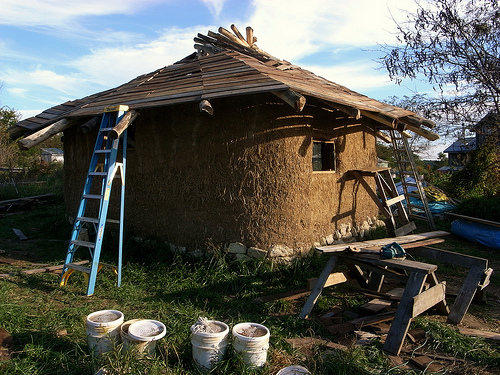
Cob is earth, sand, and straw. It’s similar to building with adobe but instead of making blocks to stack-up like with an adobe house, cob houses are built-up while the mud is wet. The material is essentially the same, the construction process is what differentiates cob from adobe.
The most obvious design difference is that adobe homes look more square and cob homes look more organic and sculptural. This is due directly from building with mud when it’s dry (adobe) versus wet (cob). Theoretically you can achieve a similar aesthetic with both methods but cob’s natural tendency is to look much more organic and free.
Brian Liloia is building a tiny cob house at the Dancing Rabbit Ecovillage in Missouri. Last summer he finished the walls and roof. His house has several very interesting design features like a reciprocal roof, a rocket stove, and earthen floor.
The reciprocal roof is a self supporting round roof that’s often made from thin logs that are then fastened together and covered with a more weather proof roofing material. Cob and adobe homes need a good roof to keep the water off their earthen walls.
The rocket stove is a built-in earthen stove with a long flu that snakes through the cob walls and built-in benches. Adobe and cob provide a great deal of thermal mass so that once you heat it up, or cool it down, the temperature of the room is maintained by the mass of the building. The rocket stove in Brian’s home should keep it very warm through the cold Missouri winters and cool in summer so long as he doesn’t light too many fires.
Sealed earthen floors can be very comfortable to walk on and surprisingly clean. They require careful cleaning and will eventually need resealing but they are a far cry from what you might imagine a dirt floor to be like to live with. Linseed oil is often used as a sealer.
Below are some photos from Brian’s blog. He’s documented his design choices and progress in great detail with photos. Visit Brian’s blog to learn how to build a cob house. For more about building with cob visit I Love Cob. There are also many good books on building with cob if you’re serious about building a cob house in the future. One good book on the topic is Building With Cob: A Step-by-step Guide. Photo credit Brian Liloia and friends.

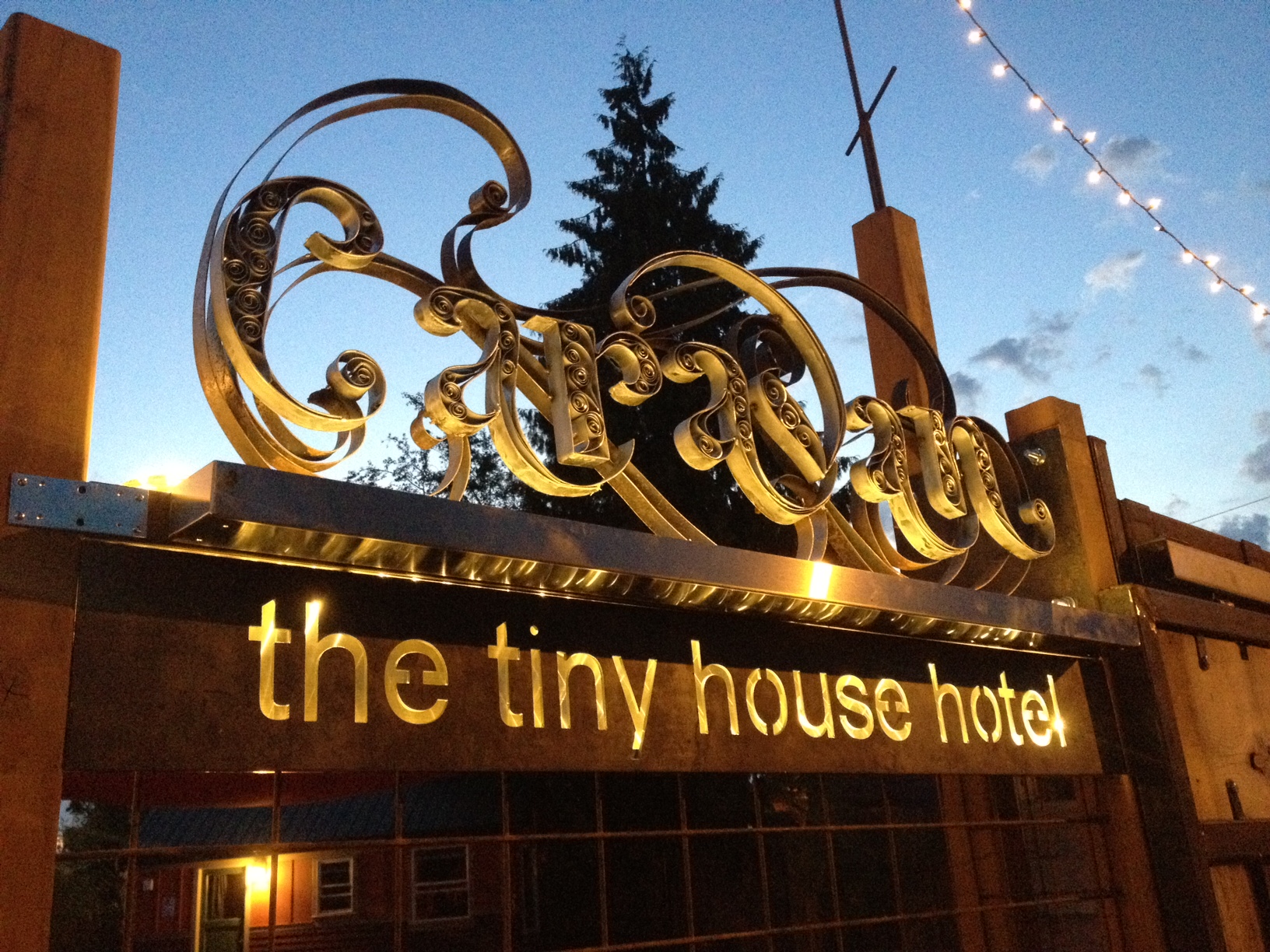
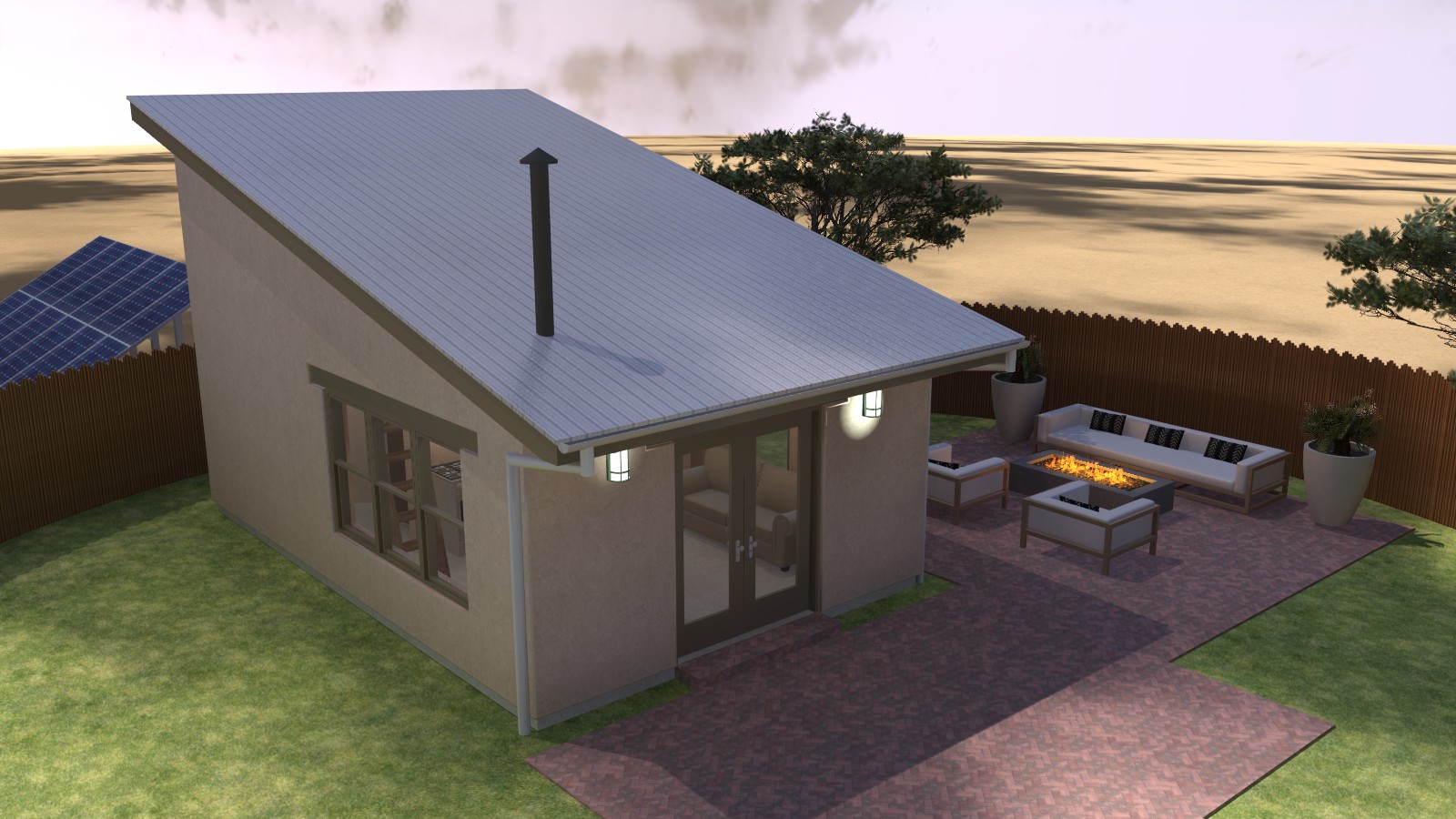
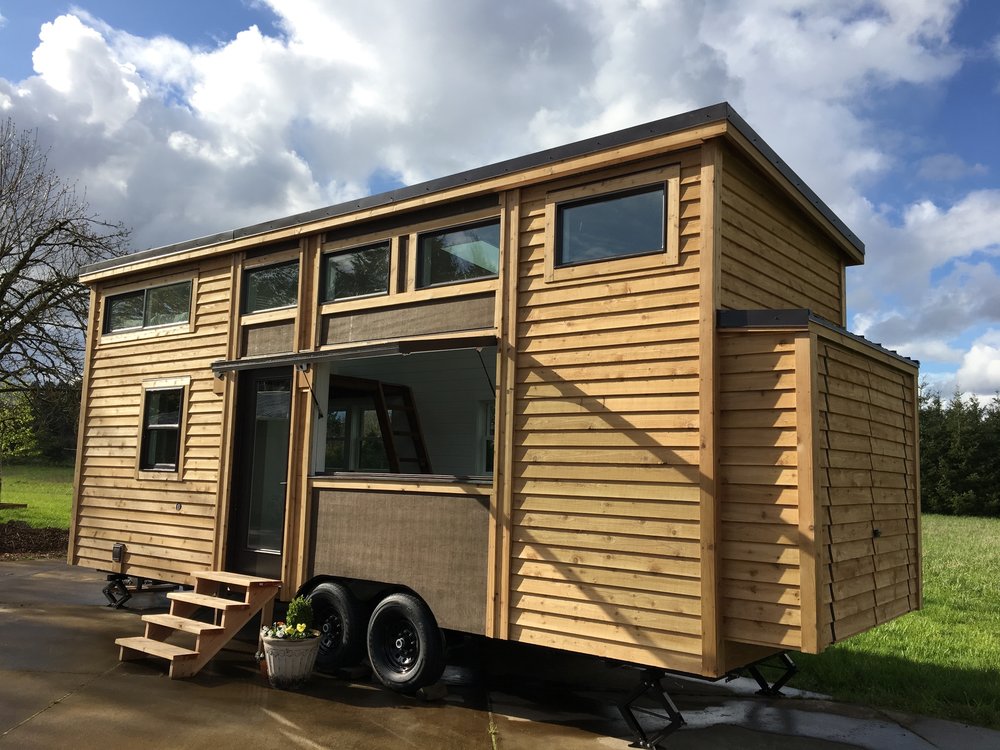
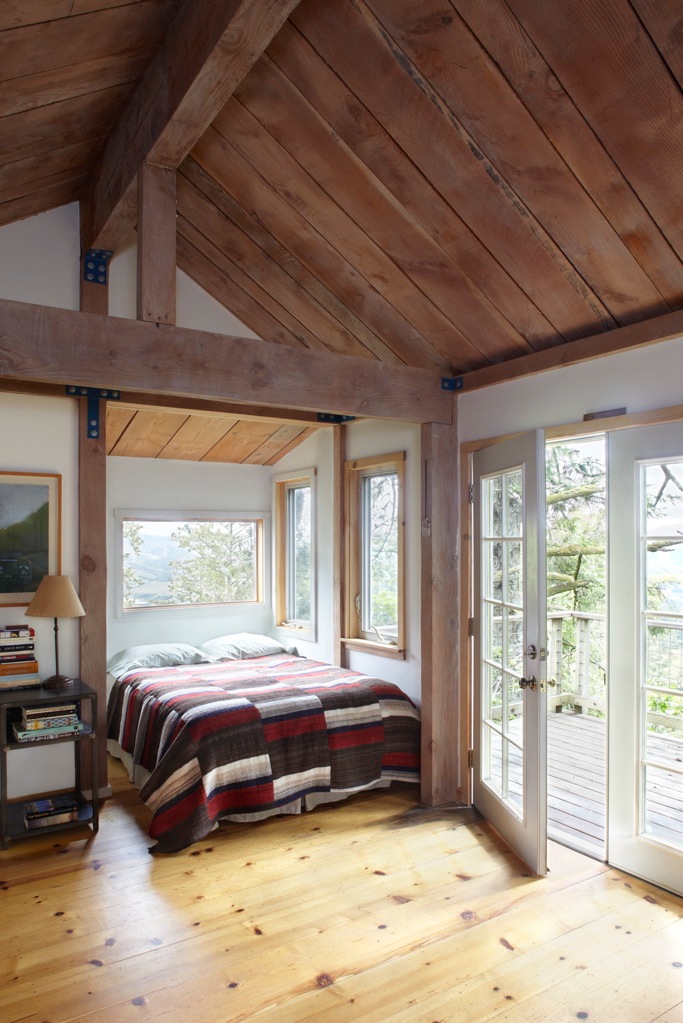

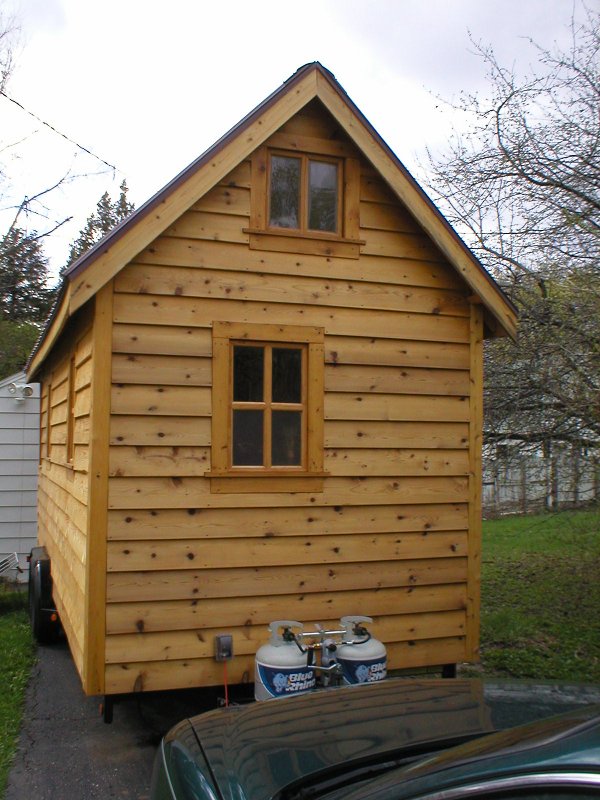
Nice work done so far, keep it up.
From:Roof
great article. I will bookmark this
i like this house
I live in KC MO and am researching alternative living and housing. We have 4 children and we would need a little more room. I was considering a cluster of cob houses. what is the cost of this type of home? what is the cost of this home? Is it going to have Plumbing and electric? Living in Mo I worry about tornatos. Do you have a tornato plan? I thought maybe embanking a tornato sheler and placing the home near or butted to the opening of the tornato shelter entry.
The weather is humid here do you worry about the house washing away? this may be a silly question but one I think of.
thank you for sharing
If you get time I hope to hear back from you
sincerely Jamie
Hey! I’m really intested in this type of house, but am wondering about the cost and also about it washing away…. How well does the cob hold up? I know that the roof is for keeping the rain off the walls, but that makes me wonder about humidity.
thanks, Jess and Jay
you do not believe how mush i love it , mi dram is make one . in mi country side , brasil
do not have to mush trees because is savanna , the very pour people make it , were do not have trees and i love it so mush , yours are palaces in comparison , jaci